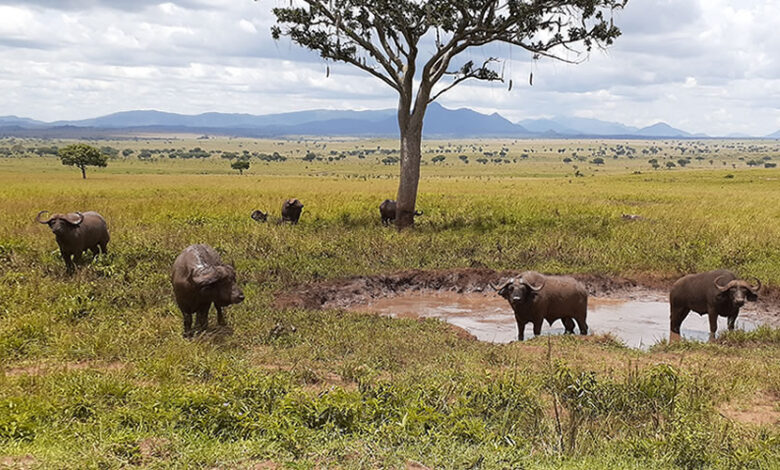What you need to know about Kidepo Valley National Park
The park's landscape is characterized by rugged mountains, expansive savannas, and the seasonal Kidepo and Narus rivers, which create lush green belts that attract a variety of animals.

Nestled in the remote north-eastern corner of Uganda, Kidepo Valley National Park stands as a testament to the country’s untouched natural beauty and rich biodiversity. Despite its isolation, the park is gaining recognition as one of Africa’s hidden gems, offering visitors an unparalleled wilderness experience.
Kidepo Valley National Park covers 1,442 square kilometres and boasts a diverse array of wildlife, including elephants, lions, leopards, and the endangered Rothschild giraffe.
The park’s landscape is characterized by rugged mountains, expansive savannas, and the seasonal Kidepo and Narus rivers, which create lush green belts that attract a variety of animals.
According to the Uganda Wildlife Authority (UWA), Kidepo Valley is home to over 77 mammal species and nearly 500 bird species, making it a prime destination for wildlife enthusiasts and bird watchers. The park’s relative isolation has allowed it to maintain its pristine condition, with minimal human interference affecting its ecosystems.
“One of the most striking features of Kidepo Valley is its population of cheetahs, which are rarely seen in other Ugandan parks. Additionally, visitors have the unique opportunity to observe the park’s lions, which are known for lounging on rock outcrops, offering photographers picturesque views,” says the Authority.
Beyond its wildlife, Kidepo Valley offers a rich cultural experience. The park is surrounded by the Karamojong people, a pastoralist community with a vibrant cultural heritage. Visitors can engage with the Karamojong to learn about their traditional way of life, including their cattle-herding practices, intricate beadwork, and communal dances.
Mr. Samuel Maina, a tour guide with Kidepo Adventures, highlights the cultural aspect of visiting the park: “Kidepo Valley is not just about the wildlife; it’s also about the people. The Karamojong are incredibly welcoming, and their stories and traditions add a deeper dimension to the visit.”
Despite its remote location, efforts have been made to improve accessibility to Kidepo Valley. The park according to UWA can be reached by road, though the journey is long and best suited for adventurous travellers. Alternatively, chartered flights from Entebbe or Kampala to the park’s airstrip offer a quicker, though more costly, option.
The Uganda Wildlife Authority has also invested in enhancing the visitor experience, with accommodations ranging from basic campsites to more luxurious lodges. These facilities provide comfortable bases from which to explore the park’s vast landscapes.
Kidepo Valley National Park remains one of Uganda’s most untouched and captivating natural areas. Its combination of diverse wildlife, stunning landscapes, and rich cultural interactions makes it a unique destination for those seeking an authentic and adventurous safari experience.
As more people discover the park’s treasures, conservation efforts continue to be crucial in preserving its pristine beauty for future generations.







